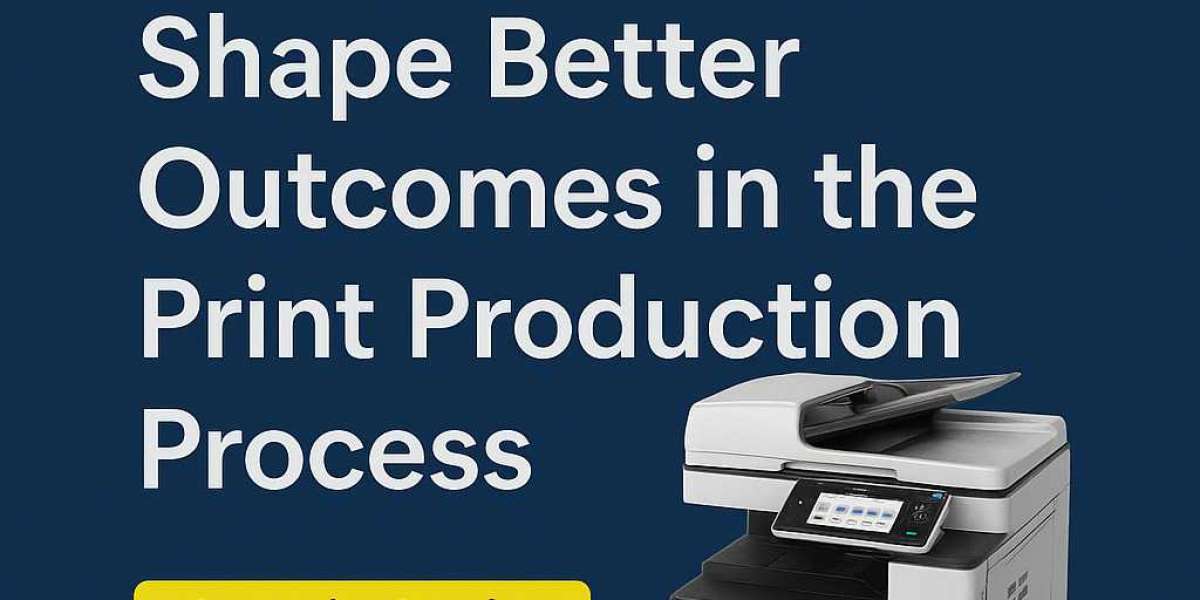In today’s fast-paced printing landscape, businesses are seeking ways to not only streamline their operations but also elevate the quality of their final products. A well-structured print production plan backed by integrated technology can make a significant difference in achieving these goals. As outlined in Ricoh’s insight on integrated print production, embracing a connected approach can reshape the way print providers operate and deliver value.
The print production process traditionally followed a linear workflow from design to print to finishing. However, with advanced automation and integration, the boundaries between these stages are fading. Solutions that connect prepress, print, and finishing into a cohesive system are now enabling real-time data sharing, faster turnaround times, and higher output accuracy.
One of the smartest strategies in shaping better outcomes is adopting a workflow that allows for dynamic adjustments during production. For instance, inline finishing systems, when integrated with digital presses, reduce manual touchpoints and improve consistency. This reduces errors, supports mass customization, and enhances the efficiency of the overall print production plan.
To illustrate, consider a few real-world print production examples. A marketing agency producing customized direct mail campaigns can now leverage variable data printing combined with automated folding and cutting — all in a single workflow. Another example is in packaging, where brands benefit from rapid prototyping and short-run production, thanks to digital integration between design software and finishing equipment.
Additionally, predictive analytics and intelligent job routing are transforming how print jobs are managed. By anticipating equipment loads, paper usage, and labor availability, businesses can create more resilient and cost-effective print production plans. This leads to faster delivery times and improved client satisfaction.
Ultimately, reshaping the print production process is about more than just automation, it’s about creating synergy between planning and execution. With integrated solutions, print providers can align every aspect of production to ensure the final product is exactly as envisioned.
As the Ricoh article emphasizes, shaping and finishing are no longer end-of-line tasks, they are key contributors to delivering polished, professional results. When integrated into your print production plan from the start, they help ensure smoother workflows and smarter outcomes.











